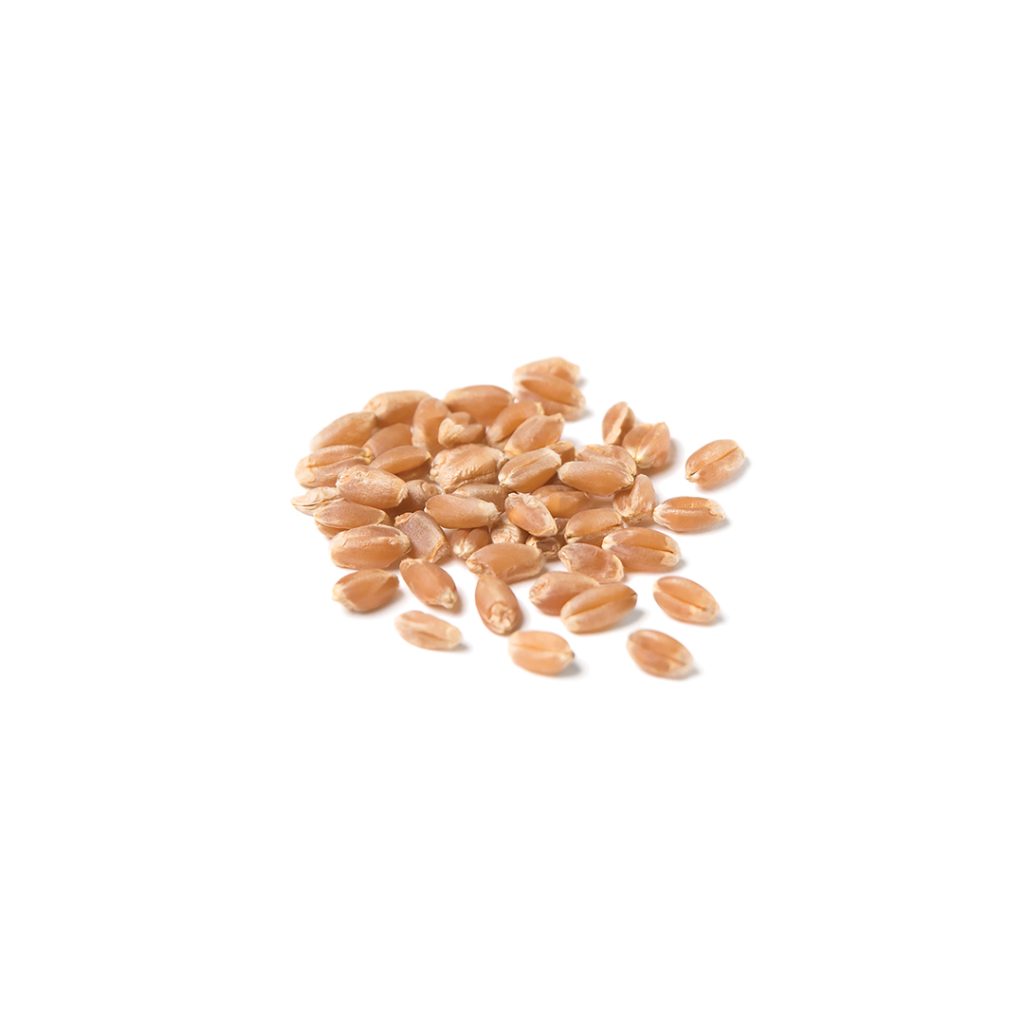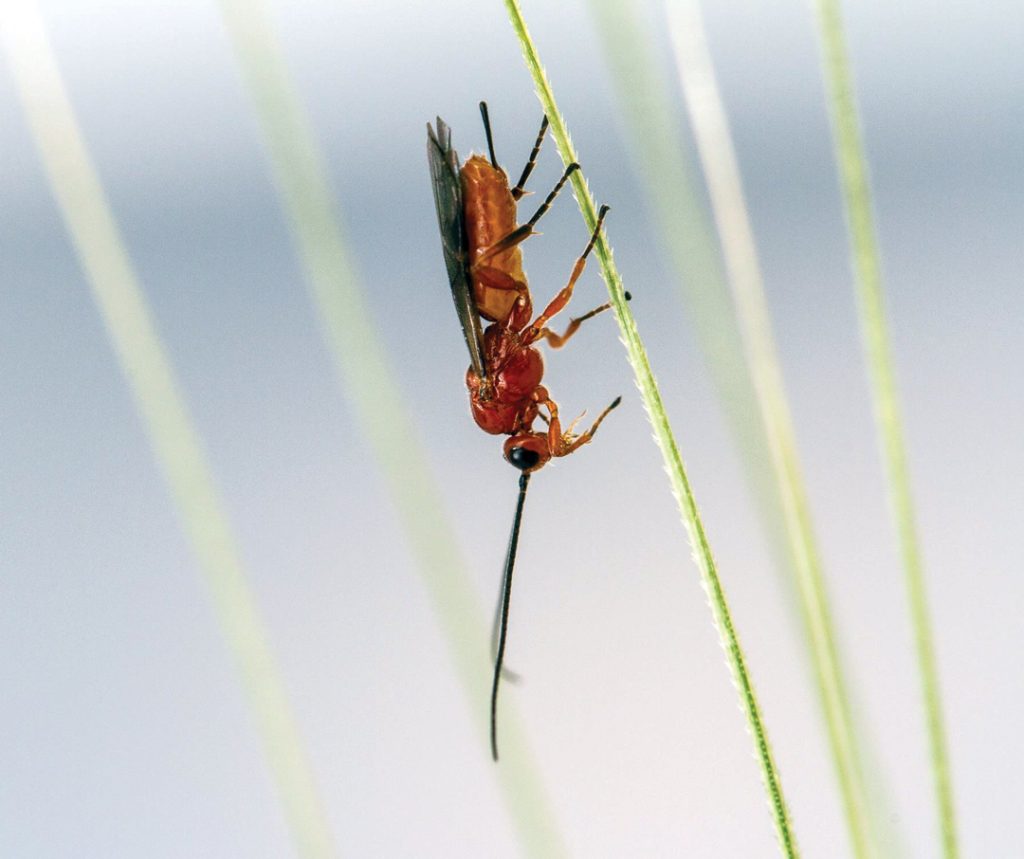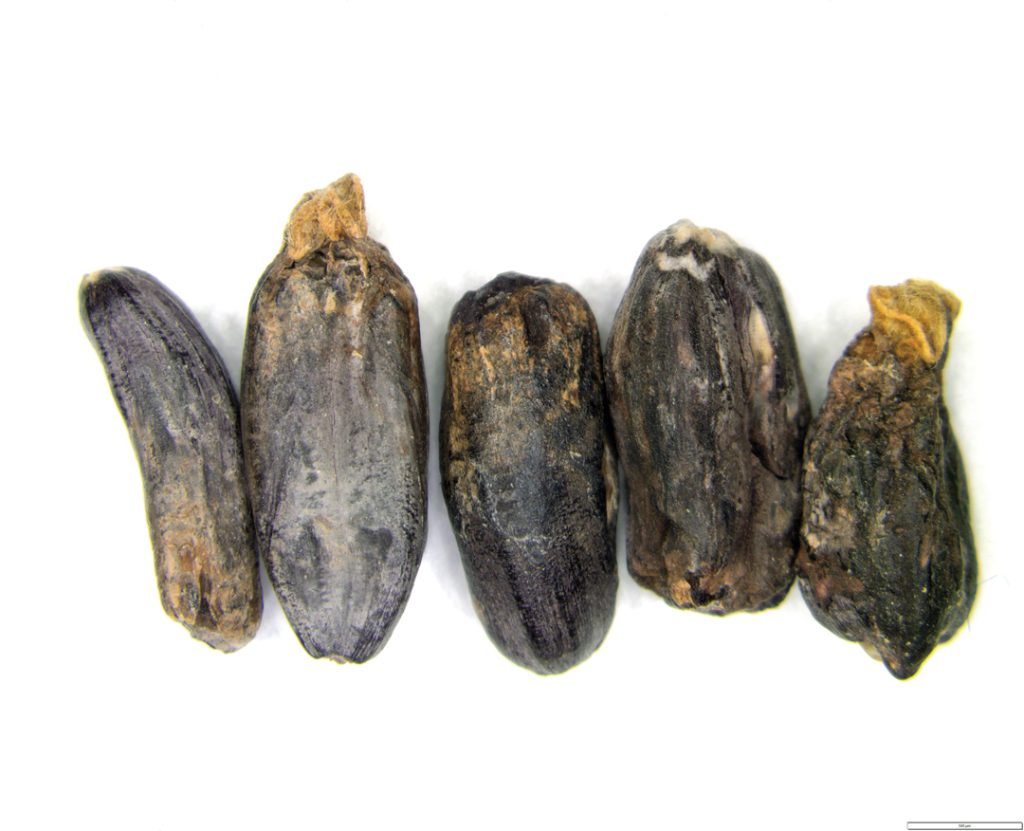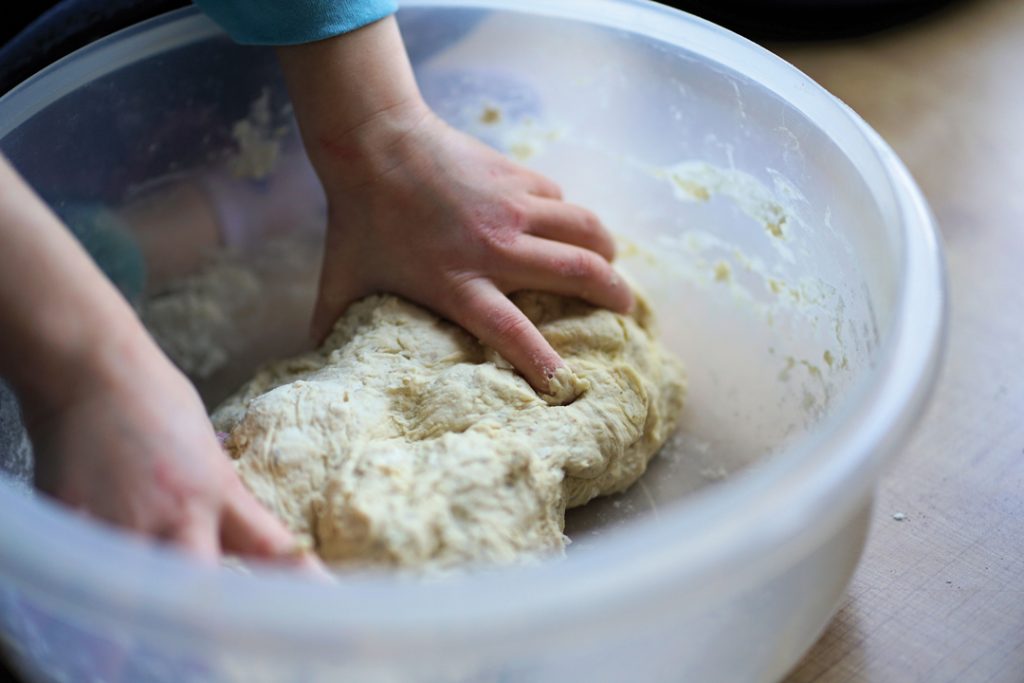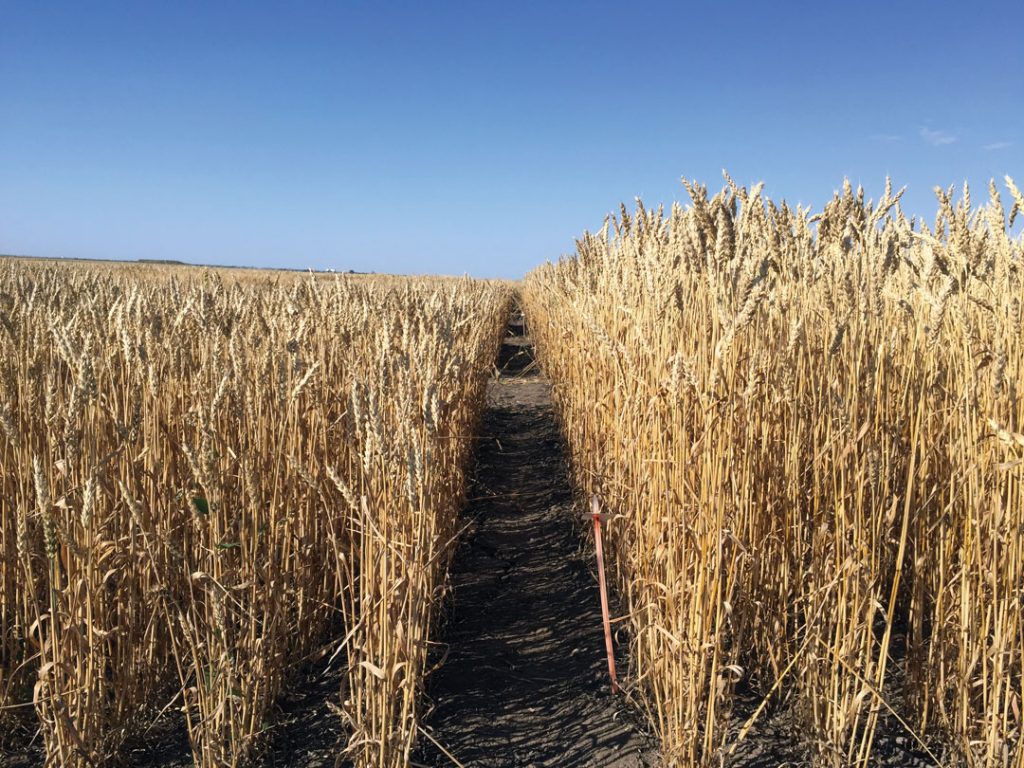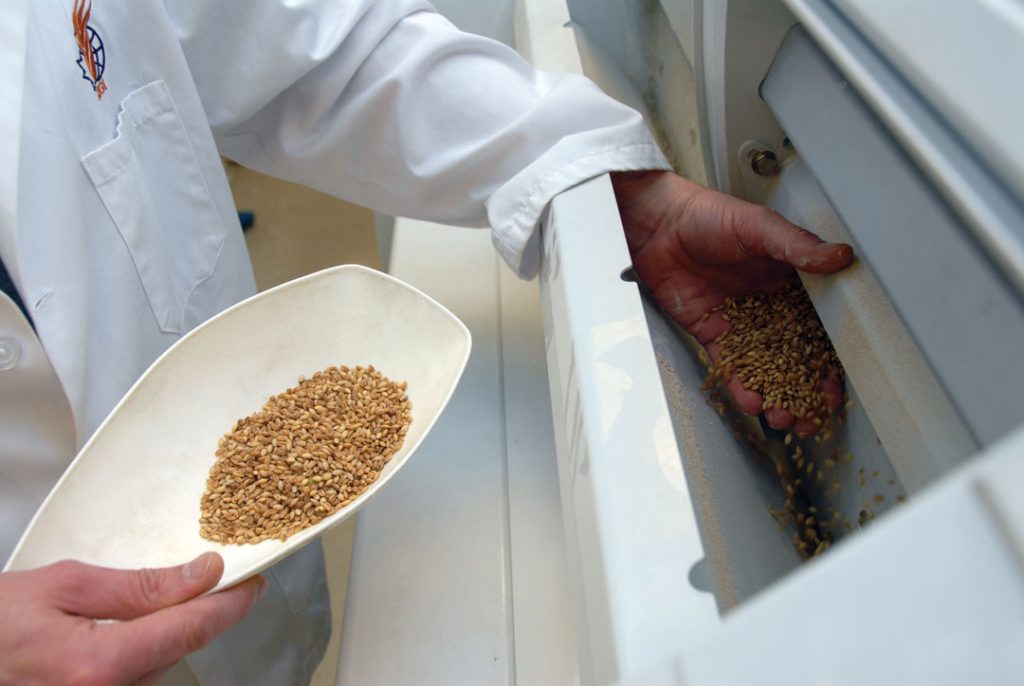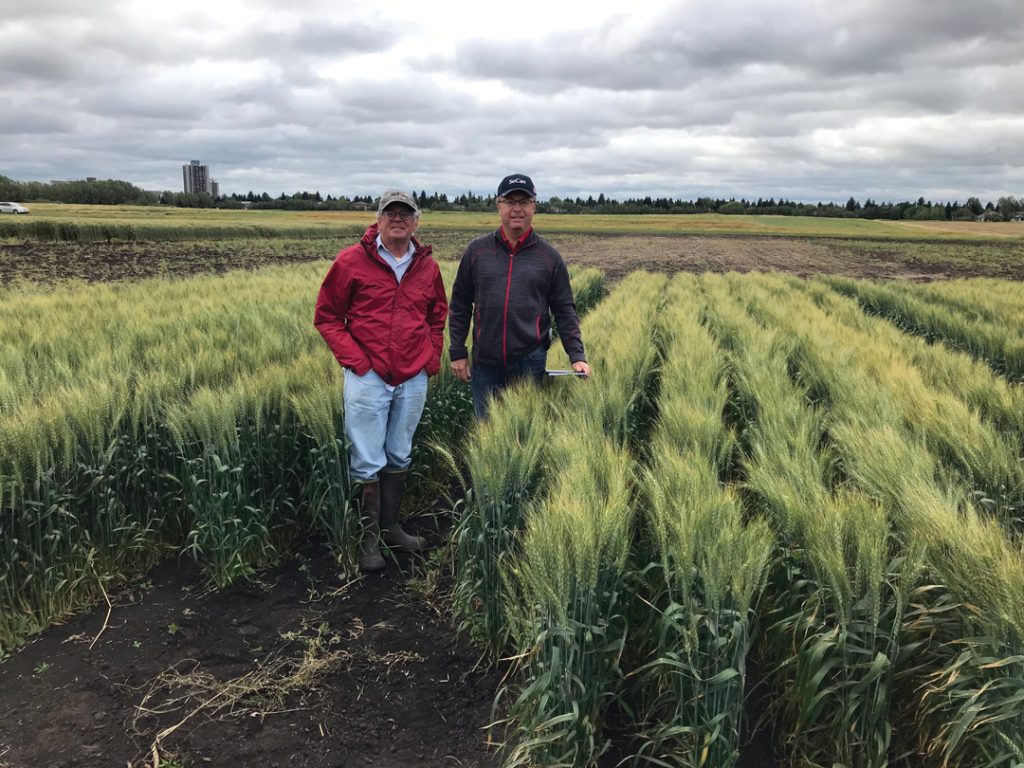STUDY FINE-TUNES USE OF FEED WHEAT
Spurred by shrinking barley acreage over the past 20 years, western Canadian cattle feeders have increasingly included wheat in feedlot diets. Over this time, Canadian barley acreage declined by nearly 155,000 acres annually on average, while wheat production climbed approximately 440,000 acres each year. Though its availability and cost competitiveness have made it a natural choice, little research had been conducted to examine the use of wheat in cattle rations.




